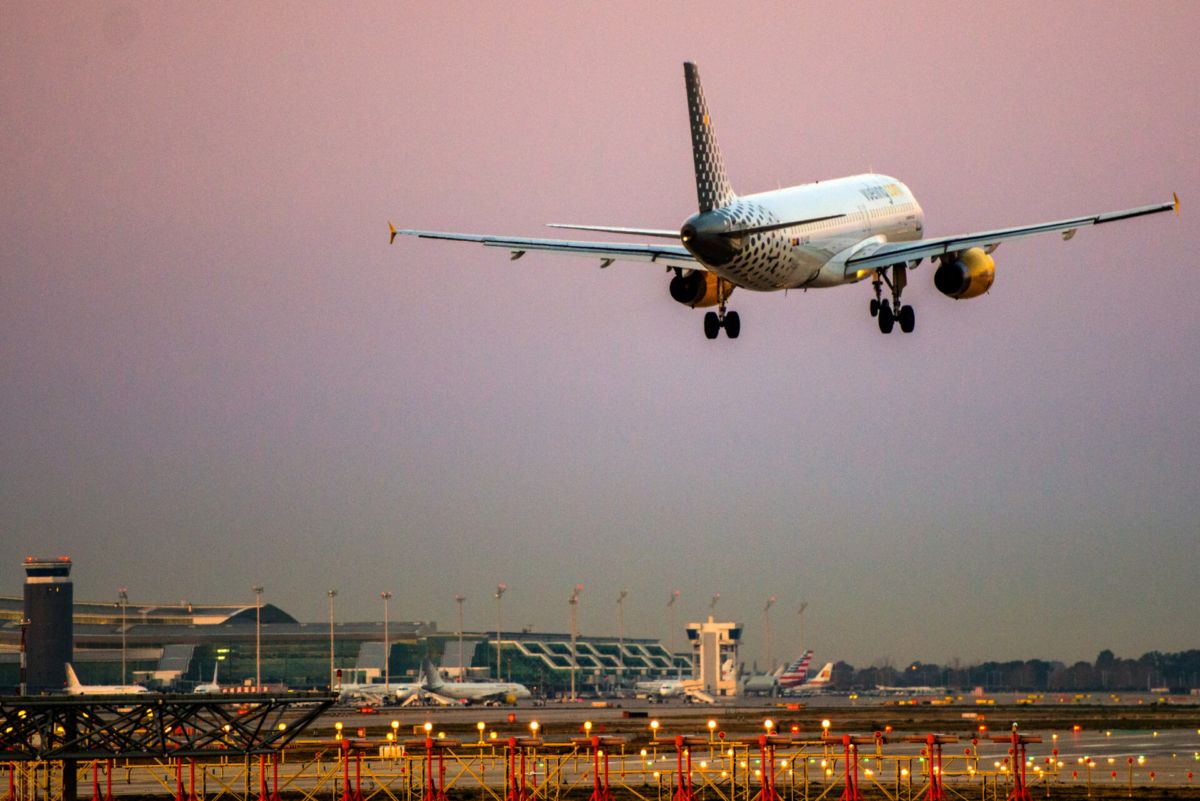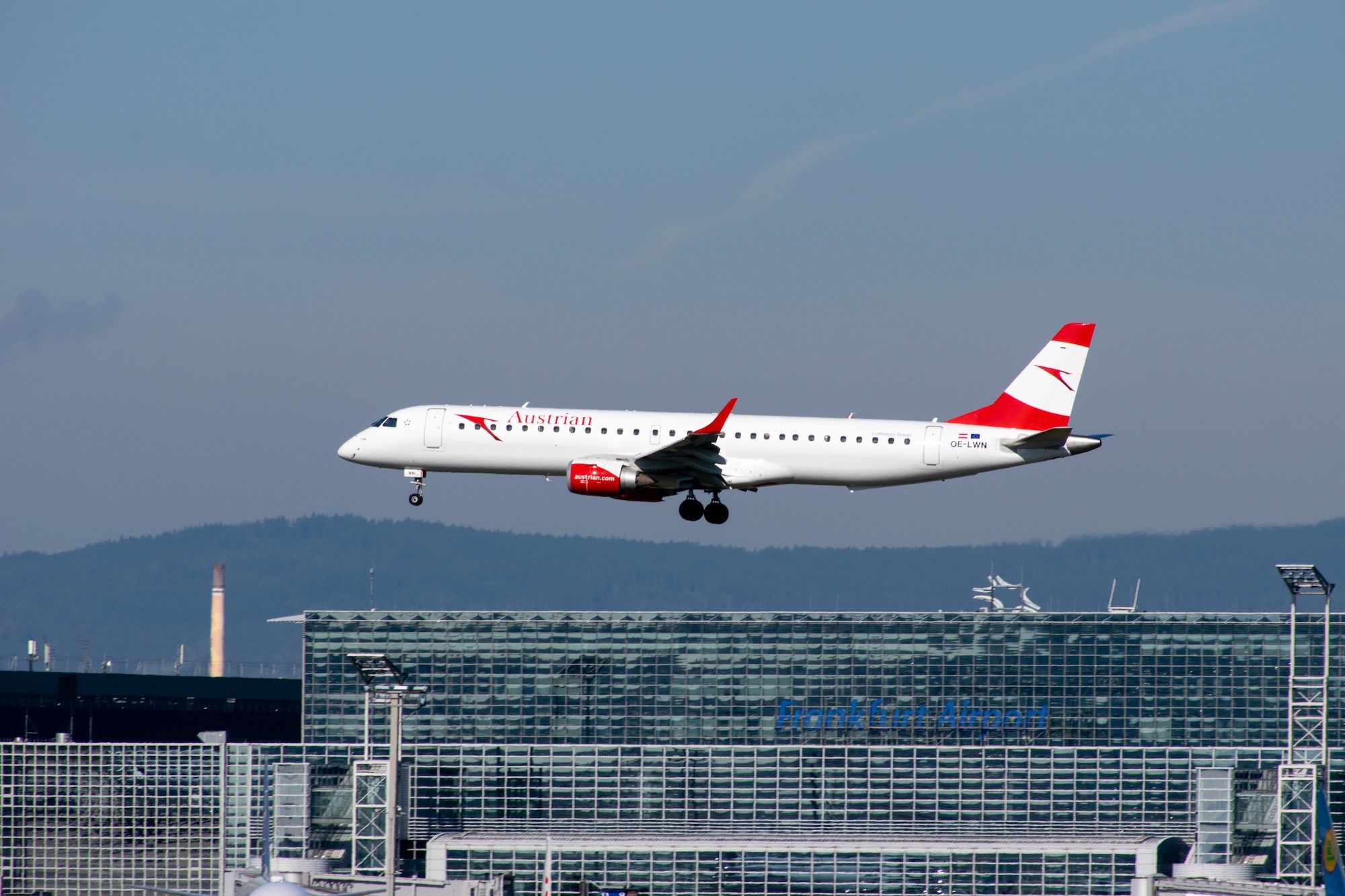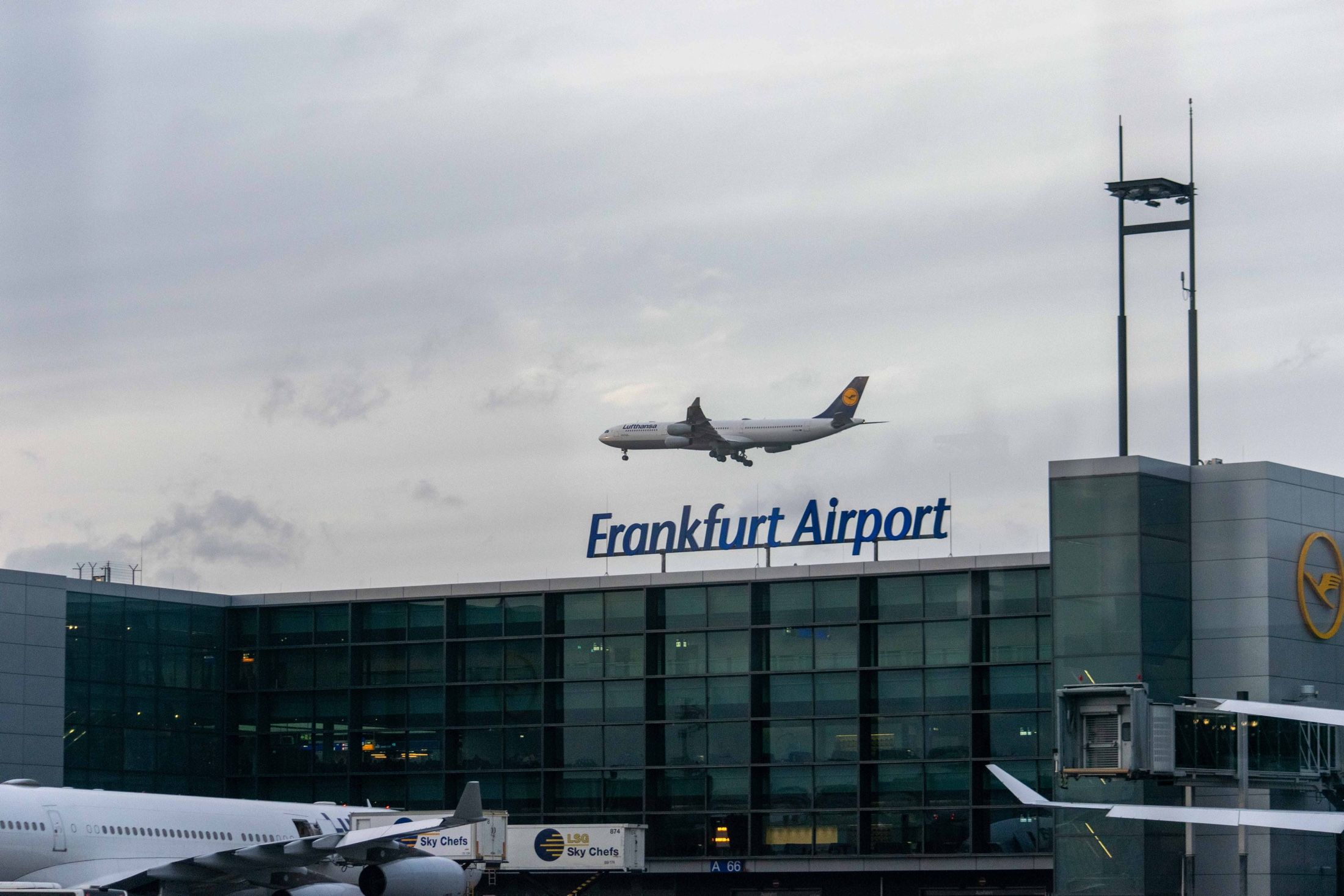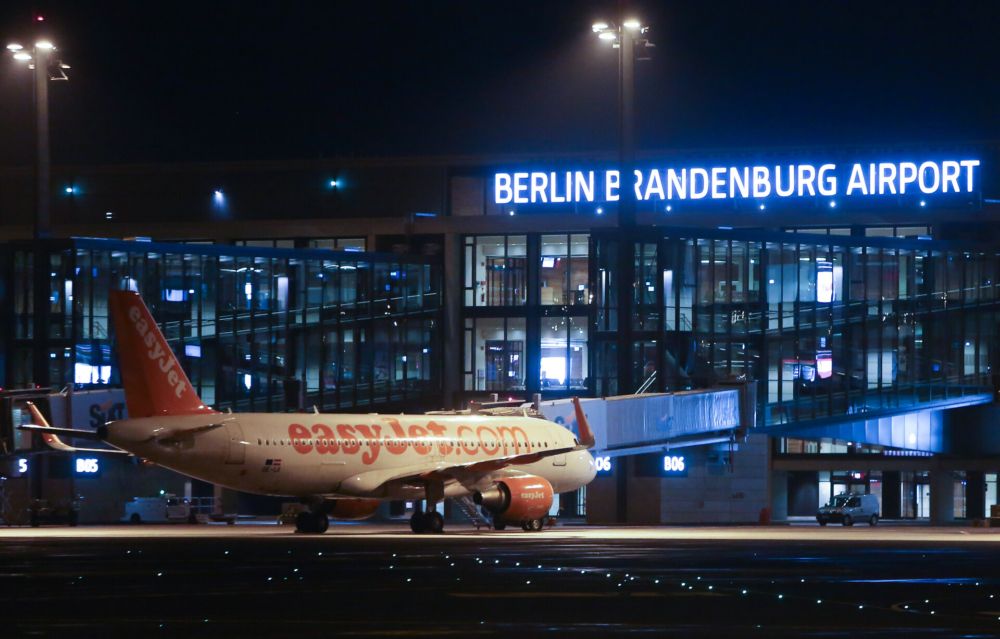With sustainability becoming an increasing concern among passengers, some have chosen rail over flights, where available. Similarly, airlines are working hard to reduce their environmental footprint. This is where the following intermodal programs – partnerships between airlines and train operating companies – come into play.
Air France
In a bid to meet its sustainability goal of halving domestic carbon emissions by 50% by 2024, Air France has partnered with SNCF French Railways to operate the Train + Air program.
The intermodal program is further spurred by the airline’s €7bn ($8.3bn) bailout package, which calls for a reduction in its environmental footprint. The French government has mandated Air France to slash routes that can be serviced by high-speed TGV trains in under two and a half hours.
Among the benefits that come with the Train + Air program are guaranteed seats on the next available flight or train in case of a delay and frequent flyer point accumulation on both air and rail legs of a trip.
Train + Air currently connects 18 locations in France direct to Paris Charles de Gaulle and 15 locations to Massy TGV, from where there is a free taxi service to the Paris Orly airport. Beyond domestic rail connections, the airline also offers AIR&RAIL, providing rail connection between France, Brussels, and the Netherlands.
Austrian Airlines
Via Austrian AIRail, you can travel between Vienna Airport to the main train stations in Linz, Salzburg, or Graz. Similar to Air France’s Train + Air, miles can be earned on AIRail connections. The rail service is operated by Austria’s largest mobility services provider, ÖBB.
Alexis von Hoensbroech, Chief Executive Officer of Austrian Airlines, commented:
“Closer dovetailing with the railways is an important part of our strategy. With the AIRail baggage check-in on the train, we eliminate a major disadvantage of a feeder train journey compared to a feeder flight. We want to bring more AIRail passengers to our Vienna hub comfortably by train and then out into the world by plane.”
easyJet
British budget airline, easyJet, offers the Rail + Plane services from its hub at Berlin Brandenburg Airport, in partnership with Germany’s national railway company, Deutsch Bahn (DB).
The intermodal program is part of ‘Worldwide by easyJet’, which offers passengers access to over 900 routes, supported by airlines including Cathay Pacific, Emirates, Etihad, and Singapore Airlines. What makes this program unique is that interline operations are not often adopted by low-cost carriers.
The airline's German intermodal network might come as a surprise, given that it hasn’t ventured into a similar program in its home country. Speaking to Simple Flying in a past interview, Sophie Dekkers, Chief Commercial Officer of easyJet shared:
“I think it's slightly harder in the UK where you’ve got multiple train operators. It's not such an easy model as when there’s a national provider, which you have more commonly within Europe. Nationalization of UK rail is a very hot topic, but whilst you've got multiple providers serving the same stations like Gatwick, for example, it would be harder but not impossible to do.”
Iberia
The Spanish flag carrier is another European airline that offers a single ticket for train and plane onward journeys. It calls the Train & Fly program “the fastest, cheapest, and most sustainable way to connect you to the world.”
For European flights and flights between Spain and the USA, and Latin America, Iberia offers rail connections via Madrid to popular Spanish cities, including Pamplona, Salamanca, and Valencia. Unlike other airlines on this list, however, Iberia doesn’t allow the accumulation of frequent flyer points on train journeys. The train services are offered by Renfe Cercanías.
KLM
Like its sister airline, Air France, KLM allows passengers to travel a portion of their journey via rail. In collaboration with French-Belgium train operator Thalys, AirRail offers high-speed train transfer between Brussels and Schiphol. The service began its trial phase in July this year and will run through to 29 October 2022 before undergoing an in-depth evaluation.
AirRail has replaced one of KLM’s daily flights between Brussels and Schiphol with similar substitutes in the pipelines. Like other European airlines, KLM is in talks with other railway companies to explore options to transfer passengers to other destinations via high-speed rail.
Boet Kreiken, Executive Vice President of Customer Experience at KLM, said:
“KLM is committed to reducing the impact of its operations on our living environment. In addition to upgrading our fleet, replacing more jet fuel with sustainable aviation fuel (SAF) and improving our operational efficiency, we aim to reduce emissions by offering the train as an alternative to short-haul flights. Developing the AirRail product in partnership with Thalys is a step in the right direction, and linking our two networks at Schiphol for quick, efficient, and convenient transfers is a positive move. Similar to our partnerships in the airline industry, our cooperation with Thalys reflects our commitment to intermodality.”
KLM also taps into the AIR&RAIL network, offering connectivity between the Netherlands, Belgium, and France.
Lufthansa
Germany’s flag carrier has two programs that connect passengers to destinations via rail: the Lufthansa Express Rail and Rail&Fly, both operated by Deutsch Bahn (DB).
Lufthansa Express Rail runs on DB’s high-speed InterCity Express (ICE) and connects Frankfurt Airport to 24 locations, including Berlin, Hamburg, Leipzig, Mannheim, and Munich. The rail service provides optimal transfer times with one ticket and one check-in for both rail and air, with the promise of guaranteed transfer even if there were any delays. Mileage credit can be earned on the Express Rail train journey.
Rail&Fly, on the flip side, does not guarantee transfers. Instead, it offers the flexibility of allowing travelers to choose their own train connection, with links to more than 5,600 DB stations across Germany. The program also lets travelers choose between the InterCity (IC), EuroCity (EC), and ICE services – connecting to other European cities beyond Germany.
Vueling
The Spanish airline is another low-cost carrier that has partnered with DB to offer rail and plane connectivity in Germany. This is the airline’s first intermodal agreement, announced in May 2022.
Unlike Iberia, Vueling has not collaborated with Renfe Cercanías in its home country to provide Spanish rail connection services – but like easyJet, has moved outside its base to establish an intermodal network in Germany.
Jesus Monzo, Vueling’s Distribution Strategy and Alliances Manager, said of the partnership:
“This is Vueling’s first intermodal agreement and opens the door to an increasingly strong trend in the industry to connect different types of transport and mobility, thus increasing the offer and options for the passenger. In addition, we must highlight the environmental factor and the relevance that trains are acquiring in this as a means of sustainable mobility.”
What do you think of rail connections replacing flights? Which mode of transport would you prefer when traveling in Europe? We'd love to hear your thoughts.




.jpg)

